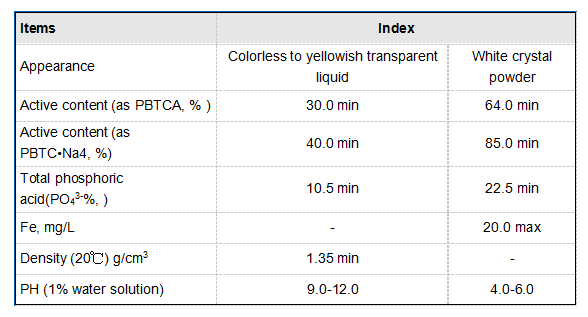flocculant types
Understanding Flocculant Types A Comprehensive Overview
Flocculants are essential agents used in various industries to facilitate the separation of solids from liquids. They play a pivotal role in processes such as water treatment, mining, and food production. Depending on the specific requirements of the application, different types of flocculants can be utilized to achieve optimal results. This article aims to provide an overview of the various types of flocculants, their characteristics, and applications.
Types of Flocculants
1. Natural Flocculants Natural flocculants are derived from plant or animal sources. They are biodegradable and eco-friendly, making them a preferred choice for applications where environmental considerations are paramount. Common examples include starches, gums, and proteins. These flocculants work by bridging gaps between suspended particles, facilitating their aggregation into larger flocs, which can then settle out of the liquid.
2. Synthetic Flocculants Synthetic flocculants are man-made chemicals designed to achieve more effective and faster settling capabilities compared to their natural counterparts. They typically belong to three main categories - Anionic flocculants These have a negative charge and are effective in neutralizing positive charges on particles, making them suitable for applications involving clay-rich suspensions. They are commonly used in wastewater treatment. - Cationic flocculants With a positive charge, cationic flocculants are highly effective in binding negatively charged particles and are often used in sludge dewatering processes, textile production, and papermaking. - Non-ionic flocculants These flocculants carry no charge and can be utilized in various conditions where the nature of the particles is unknown. They provide a neutral interaction that allows for broader application.
3. Inorganic Flocculants Inorganic flocculants, such as aluminum sulfate (alum) and polyaluminum chloride (PAC), are widely used due to their effectiveness and low cost. They work by destabilizing colloids and promoting agglomeration. Inorganic flocculants are commonly employed in municipal water treatment, particularly in the removal of turbidity caused by suspended solids.
4. Composite Flocculants Composite flocculants combine features of different types of flocculants, allowing for enhanced performance. These might include mixtures of natural and synthetic options or a blend of ionic and non-ionic polymers. This hybrid approach can tailor the flocculant’s properties to better suit specific needs, improving efficiency in removing impurities from water or wastewater.
Applications of Flocculants
flocculant types

Flocculants find applications across a wide range of industries
- Water Treatment They are essential in municipal water treatment plants and wastewater treatment facilities, where they help remove pollutants, sediments, and organic matter to produce clean drinking water.
- Mining In the mining sector, flocculants assist in the separation of valuable minerals from ores, ensuring a higher yield of product while minimizing waste.
- Food Industry Flocculants help in the clarification of juices and beverages, removing unwanted solids and improving the quality of the final product.
- Paper and Pulp In papermaking, they enhance the formation of paper sheets by aiding in fiber agglomeration and controlling the drainage of water during the production process.
Conclusion
The choice of flocculant is crucial for achieving optimal performance in various applications. Understanding the different types of flocculants—natural, synthetic, inorganic, and composite—allows industries to select the right agent based on their specific needs. As environmental concerns rise, the development of more sustainable and efficient flocculants will continue to be a priority for researchers and industry professionals alike. By leveraging the unique properties of these agents, we can improve processes across multiple sectors and contribute to a cleaner, safer environment.
-
Pbtc Scale InhibitorPBTC: A Scale Protector for Industrial Water TreatmentNewsAug.05,2025
-
Organic Phosphonate: An Efficient Defender in the Field of Scale InhibitionNewsAug.05,2025
-
Hydrolyzed Polymaleic Anhydride: Green Pioneer in Scale Inhibition FieldNewsAug.05,2025
-
PAPEMP Polyamino Polyether Methylene Phosphonic Acid For SaleNewsAug.05,2025
-
Flocculant Water Treatment: A Pioneer in Purification in the Field of Water TreatmentNewsAug.05,2025
-
Benzyl Isothiazolinone: An Efficient and Broad-Spectrum Antibacterial Protective GuardNewsAug.05,2025





